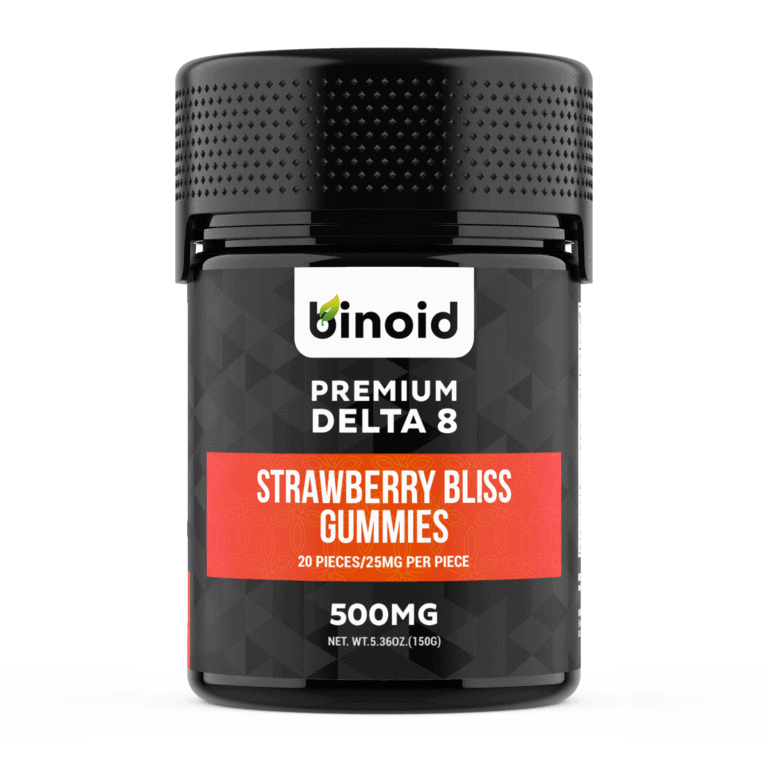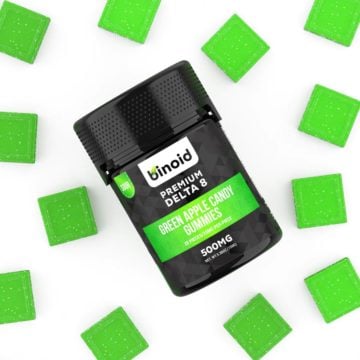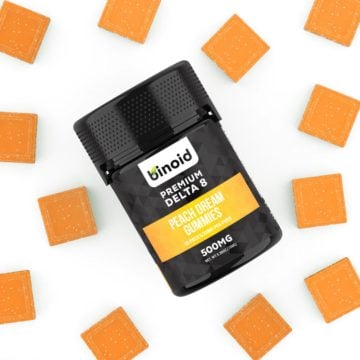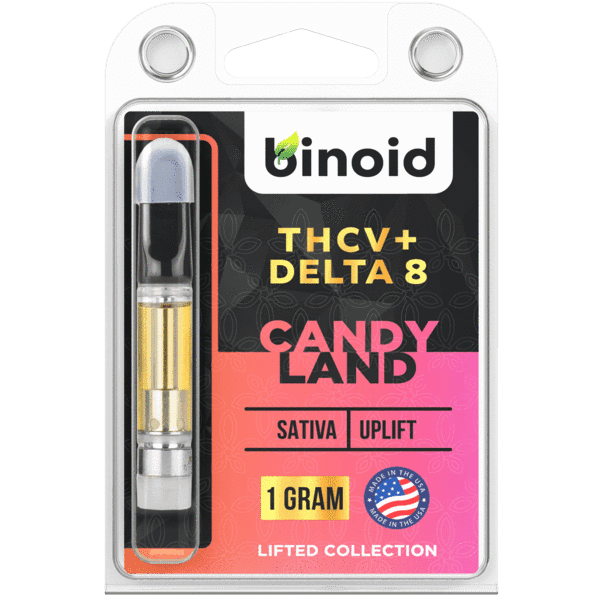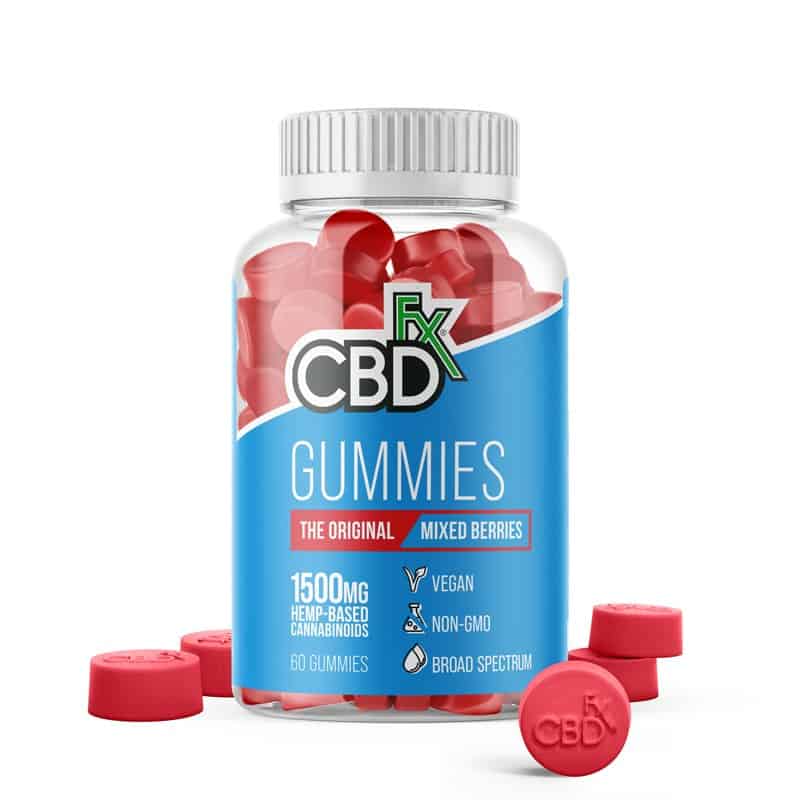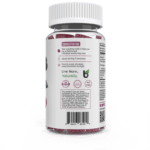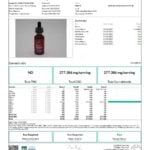
Can Weed Help PTSD: Exploring the Potential Benefits and Risks
In recent years, the discourse surrounding the use of medical marijuana, or cannabis, for various health conditions has intensified, and one area of particular interest is its potential role in alleviating symptoms of post-traumatic stress disorder (PTSD). PTSD, classified as a mental health disorder, emerges as a consequence of exposure to a traumatic event that induces severe distress. This condition can have debilitating effects on an individual’s mental health, causing a range of symptoms including flashbacks, nightmares, hypervigilance, and emotional numbing. As research on medical cannabis continues to expand, the question remains: can weed help PTSD? This article delves into the complexities of this topic, exploring both the scientific mechanisms behind the potential benefits and the associated risks.
This post is intended as information and for general knowledge only. It is not a substitute for medical advice, diagnosis, or treatment. It is recommended that you talk to a healthcare professional about this before introducing cannabinoids into your daily routine (especially if you have been diagnosed with any medical conditions or are under any medication). It is not recommended to drive or operate any machinery when using cannabis- or hemp-derived products. Use responsibly!
The Science Behind PTSD and Cannabis: Exploring the Mechanisms
Understanding PTSD and its Symptoms
Post-traumatic stress disorder arises from the aftermath of a traumatic experience, leaving enduring psychological scars. Those afflicted may struggle with flashbacks, intrusive memories, and emotional numbness. This can have profound impacts on daily life and overall functioning, underscoring the need for effective treatments.
The Endocannabinoid System (ECS) and Regulation of Stress
The human body houses an intricate system known as the endocannabinoid system (ECS), replete with receptors (CB1 and CB2) distributed throughout the body and brain. The ECS plays a pivotal role in regulating stress responses, emotional balance, and a myriad of physiological processes. Consequently, its potential involvement in the treatment of PTSD is an intriguing avenue of investigation.
Cannabinoids and Neurotransmission in PTSD
Central to the cannabis plant’s therapeutic properties are cannabinoids, of which THC (tetrahydrocannabinol) and CBD (cannabidiol) are the most well-known. These compounds interact with neurotransmitter systems, including serotonin, dopamine, and GABA, influencing mood, anxiety, and fear responses. The interplay between cannabinoids and these systems presents a compelling rationale for considering cannabis as a potential aid in mitigating PTSD symptoms.
Potential Benefits of Cannabis for PTSD: What the Research Suggests
Stress and Anxiety Reduction

A growing body of research suggests that cannabinoids can modulate stress responses, potentially reducing anxiety and promoting relaxation. This presents the possibility of medical cannabis offering respite to those grappling with the relentless grip of anxiety brought on by PTSD.
Sleep Improvement
Sleep disturbances are pervasive among PTSD sufferers, exacerbating their struggles. Cannabis compounds have shown promise in influencing sleep cycles, potentially offering relief to those grappling with insomnia and night terrors.
Extinction of Traumatic Memories
One intriguing avenue of research lies in preclinical studies indicating that cannabinoids might play a role in memory extinction, the process through which traumatic memories lose their potency. This area, though promising, requires further exploration before clinical applications can be confidently established.
Challenges and Risks of Using Cannabis for PTSD
Impacts on Cognitive Function
Amid the potential benefits, it’s essential to confront the challenges and risks associated with cannabis use. Short-term cognitive impairments are a well-documented consequence of using cannabis, raising concerns about memory, attention, and executive function deficits.
Psychiatric Effects and Vulnerable Populations
Furthermore, the link between cannabis use and an increased risk of psychosis is a critical consideration, particularly for individuals with preexisting vulnerabilities. Such vulnerabilities might arise from genetic predisposition or prior mental health issues, highlighting the need for thorough mental health assessments in potential medical cannabis users.
Dependence and Addiction Considerations
While cannabis offers potential relief, it’s vital to acknowledge the potential for cannabis use disorder and dependence, particularly among those seeking solace from PTSD symptoms. This underscores the necessity of vigilant monitoring and individualized treatment plans that prioritize the patient’s well-being.
Current Legal and Medical Landscape
Legal Status of Medical Cannabis
The legal landscape surrounding medical cannabis varies globally and regionally, impacting patients’ access to potential treatments. Overcoming legal restrictions, stigma, and financial barriers remains a challenge for those seeking relief through medical cannabis.
Conventional Approaches to PTSD Treatment
Existing therapeutic avenues like cognitive-behavioral therapy (CBT), exposure therapy, and pharmacotherapy have demonstrated efficacy in managing PTSD symptoms. Comparing these established approaches with cannabis-based treatments underscores the need for a comprehensive, individualized treatment plan that considers the unique needs of each patient.
Patient Stories and Perspectives
Personal Testimonials: Success and Challenges
The real-life experiences of individuals who have navigated the intersection of cannabis and PTSD treatment highlight the diverse outcomes that can arise. Success stories underscore the potential benefits, while accounts of exacerbated symptoms emphasize the complex and nuanced nature of treatment outcomes.
Ethical Considerations in Advocating for Cannabis Use
As advocacy for medical cannabis gains momentum, ethical considerations come to the forefront. Balancing the desire to alleviate suffering with the imperative to rely on robust clinical evidence is a delicate task. Ensuring informed decision-making, promoting accurate information, and involving healthcare professionals are paramount.
Conclusion
In conclusion, the question of whether weed can help PTSD is a multifaceted inquiry that demands a nuanced approach. The potential benefits of cannabis in mitigating certain PTSD symptoms are tantalizing, with promising research suggesting stress reduction, improved sleep, and potential involvement in memory extinction. However, the risks and challenges associated with cannabis use, from cognitive impairments to psychiatric effects, cannot be ignored. As medical cannabis continues to traverse the complex landscape of legality and public perception, the path forward involves rigorous research, individualized treatment plans, and a comprehensive understanding that encompasses both the potential benefits and the potential pitfalls.
Also Interesting:
